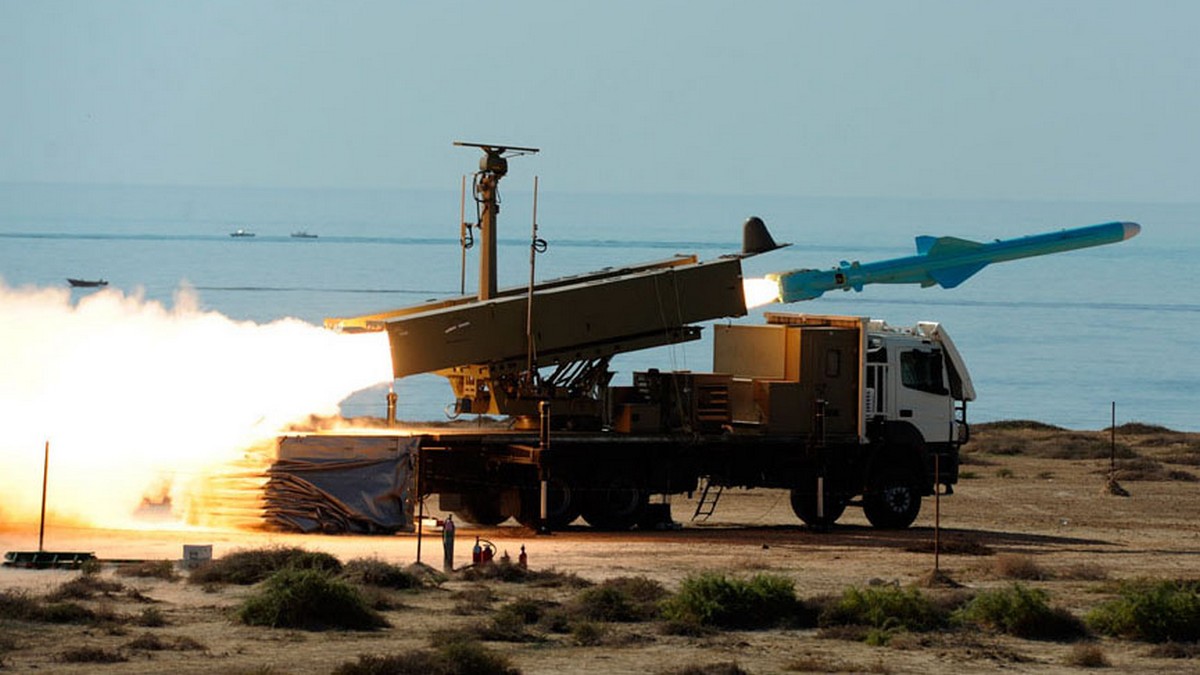) |
|
The escalating conflict between Israel and Hezbollah in Lebanon has reached a critical point, marked by a series of missile attacks and retaliatory airstrikes resulting in significant casualties. The situation is a stark reminder of the volatile dynamics in the region, threatening to spiral into a broader regional conflict.
At the heart of the current escalation lies a missile attack launched by Hezbollah, the Iran-backed militant group, targeting the Mossad headquarters near Tel Aviv. This attack came as a direct response to Israeli airstrikes on southern Lebanon, which have resulted in a devastating toll of over 550 deaths and 1,500 injuries. The Qader-1 missile, developed by Iran, is a medium-range surface-to-surface weapon renowned for its accuracy and payload, highlighting the sophistication of Hezbollah's arsenal.
Despite the gravity of the attack, Israel's David's Sling defense system successfully intercepted the missile, preventing any casualties or damage. However, the successful interception does little to quell the mounting tensions. The Israeli military has retaliated with a barrage of airstrikes on Hezbollah targets throughout Lebanon, including those in the Bekaa Valley, effectively hitting hundreds of targets.
The heightened rhetoric and actions from both sides raise alarming concerns about the potential for a full-blown conflict. The Israeli government, while emphasizing the need for a swift and decisive response, has also acknowledged the potential for a protracted engagement. Hezbollah, in turn, has vowed to continue its attacks until a ceasefire is established in Gaza, a seemingly distant prospect.
Beyond the immediate military confrontation, the conflict has far-reaching consequences for the region. The ongoing violence has led to the displacement of tens of thousands of people on both sides of the border, exacerbating the already challenging humanitarian crisis. The potential for further escalation, particularly if a ground invasion were to be launched, could significantly destabilize the entire region, potentially drawing in other regional actors and pushing the situation towards a catastrophic outcome.
The international community, acutely aware of the grave implications of the escalating conflict, has been urging both sides to exercise restraint and engage in dialogue to de-escalate the situation. Calls for a ceasefire and diplomatic efforts to mediate a resolution have so far fallen on deaf ears, with both sides seemingly determined to press on with their military objectives.
The immediate future of the conflict remains shrouded in uncertainty. The unpredictable nature of the events unfolding in Lebanon, coupled with the hardened positions of both Israel and Hezbollah, makes it difficult to predict a path toward a lasting peace. However, one thing is clear: the stakes are exceptionally high, and the potential for a catastrophic escalation in the conflict poses a severe threat to regional stability and the lives of countless innocent civilians.
Source: What is Qader-1 missile that Hezbollah launched at Israel?
